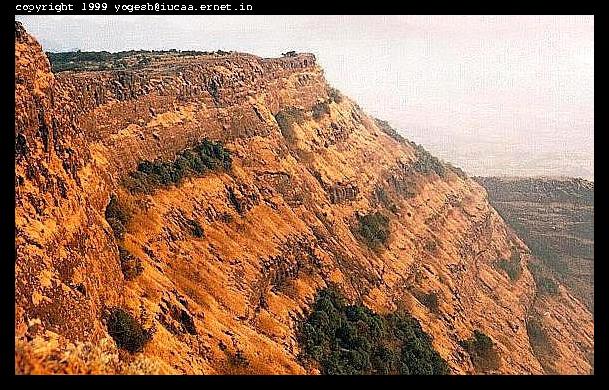Introduction
The Western Ghats are a chain of highlands running along the western edge of the Indian subcontinent, from Bombay south to the southern tip of the peninsula, through the states of Maharashtra, Karnataka, Kerala and Tamil Nadu. Covering an estimated area of 159,000 sq. km, the Western Ghats are an area of exceptional biological diversity and conservation interest, and are "one of the major Tropical Evergreen Forest regions in India" (Rodgers and Panwar, 1988).
As the zone has already lost a large part of its original forest cover (although timber extraction from the evergreen reserve forests in Kerala and Karnataka has now been halted) it must rank as a region of great conservation concern. The small remaining extent of natural forest, coupled with exceptional biological richness and ever increasing levels of threat (agriculture, reservoir flooding plantations, logging and over exploitation), are factors which necessitate major conservation inputs.
There are currently seven national parks in the Western Ghats with a total area of 2,073 sq. km (equivalent to 1.3% of the region) and 39 wildlife sanctuaries covering an area of about 13,862 sq. km (8.1%).
The management status of the wildlife sanctuaries in this part of India varies enormously. Tamil Nadu's Nilgiri wildlife sanctuary, for example, has no human inhabitants, small abandoned plantation areas and no produce exploitation, while the Parambikulam wildlife sanctuary in Kerala includes considerable areas of commercial plantations and privately owned estates with heavy resource exploitation.
The aim of this Gallery is to provide a Sampling of the magnificent floral wealth of the Western Ghats. Since this is a first attempt there are going to be lot of omissions and errors. I would be happy to have your comments and suggestions about this page.

Gloriosa suberba
This magnificent shrub which was common in the Northern parts of the Western Ghats is now becoming increasingly rare because of its value in commercial medicine. The root of this plant grows a bulb which is a source for a potent steroid.
This plant figures in ancient Indian Sanskrit literature. The poet Kalidas refers to it as Agnishikha meaning Fire peaked. Its botanical name is no exaggeration either, as you will agree.
I took this photograph in August 1995 in the precints of the Torna Fort in Pune district of Maharashtra State.

Raan Terda
The Raan Terda (Balsam impatience) is a commonly encountered monsoon plant all over the Western Ghats of Maharashtra.

Sunflower
Most of the biodiversity of the Western Ghats is threatened today. Myriad human pressures exist, demand for agricultural land and forest produce far outstripping the capability of the forest. Large tracts of land have now been diverted to cultivation like this sunflower field near Lonavla in the Western Ghats of Maharashtra.
References
Rodgers, W.A. and Panwar, H.S. (1988). Planning a wildlife protected area network in India. 2 vols. Project FO: IND/82/003. FAO, Dehra Dun. 339, 267 pp.
